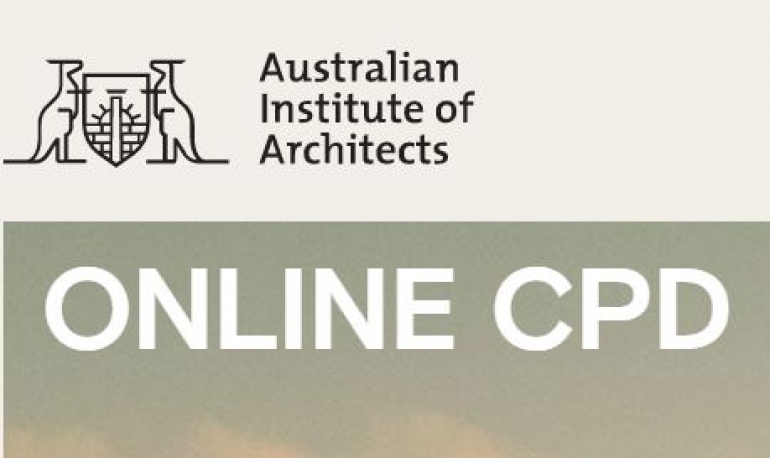Latest news
Read the latest news from the Centre for Sustainable Materials Research and Technology

UNSW SMaRT Centre Director Prof Veena features in this online, accredited course by the Australian Institute of Architects focusing on sustainability innovations.
Veena joins a range of other leaders for architects to learn and obtain competency/s from the National Standard of Competency for Architects.
ZERO WASTE : CREATIVE RETHINKING BY DESIGN
Available on demand
2 Formal CPD Points
OVERVIEW
With nearly 40 percent of the world’s pollution generated by construction it's undeniable that the industry has a significant impact on the planet.
This is exacerbated by inefficient production processes, considerable displacement of supplies, and excessive waste during various other stages of construction.
CPD
This presentation is equivalent to 2 hours/points of formal CPD and will deliver outcomes related to the following Competencys from the National Standard of Competency for Architects:
DESIGN, DOCUMENTATION AND PROJECT DELIVERY
1.4 Identification of factors that may impact on client project requirements and objectives.
2.1 Identification, analysis and integration of information relevant to siting of project.
2.3 Evaluation of factors influencing and impacting on project cost.
3.3 Design response incorporates assessment of the physical location and relevant wider regional, contextual and environmental issues.
3.7 Assessment and integration of construction systems and materials consistent with project brief.
5.5 Integration of materials and components based upon an understanding of their physical properties.
5.6 Integration of relevant technical services, environmental and transportation systems.
8.6 Monitoring project requirements and objectives as described in project documents are met.
LEARNING OUTCOMES
At the end of this presentation you should be able to:
1. Examine microrecycling science and zero waste
2. Discuss the challenges & benefits that underpins the issues relating to zero waste
3. Understand how through good design strategies, technology and materials can provide sustainable solutions
4. Prepare design lessons by developing a product from concept to reality
5. Explore through case studies methods to bring your client along the journey to better environmental outcomes